不同电子介体对大肠杆菌MFC产电性能的影响毕业论文
2020-06-12 20:24:24
摘 要
微生物燃料电池(microbial fuel cell: MFC)是将微生物的电子传递链延伸到胞外产生电能的装置。MFC可直接以污泥或者废水为原料进行发电,无需外源的电子受体、供氧剂或微生物等,从而为缓解能源危机以及废水的处理拓宽了渠道。现下,有关微生物燃料电池的研究尚处在初始阶段,低的电子传递效率是其应用的主要瓶颈。电子不易穿过微生物细胞膜上肽聚糖或类脂等不导电物质,本实验通过添加电子介体来加强产电微生物与电极间的电子传递。电子介体是指具有氧化还原功能的小分子物质。在胞外电子传递过程中,电子介体可以先从细胞上接收电子,由氧化态转化成还原态;再将电子传递至电子受体(无机物、有机物或电极),自身从还原态恢复到氧化态。
本文采用四种不同类型的电子介体--中性红(吩嗪类)、亚甲基蓝(吩噻嗪类)、甲基紫精(联吡啶类)和维生素K3(萘醌类)。实验首先通过平板涂布比较四种电子介体对于采用的产电微生物大肠杆菌的细胞毒性;在此基础上找到合适的浓度梯度加到反应器的阳极液中,采集负载电阻为1000Ω时反应器的输出电压、短路电流和输出功率等数据;最后通过所得数据分析不同类型电子介体对大肠杆菌MFC产电性能的影响及造成这种影响的可能原因。
关键词:微生物燃料电池 大肠杆菌 不同介体 产电性能
Effects of Different Electron Mediators on the Performance of E.coli
Microbial Fuel Cell
Abstract
Microbial fuel cell (microbial fuel cell: MFC) can convert organic chemicals into electrical energy through the catalytic role of microorganisms. In this process, there is no need to add electron acceptors, oxygen agent or microorganisms, otherwise,it directly makes use of the sediment, soil or sewage in the indigenous microorganisms to oxidize organic matter for power generation which provides a new way of thinking to solve the energy crisis and water pollution. At present, the research on microbial fuel cell is still in its infancy, in which the low electron transfer efficiency of the battery limits the extensive application . Microbial cell membrane contains some non-conductive material,such as lipid or peptidoglycan which leads to the difficulty of electron transfer, so this experiment choosed to add electronic mediator to strengthen the electron transfer between the microbial and electrode . The electron mediator is a small molecule with redox function. In the process of extracellular electron transport, the electron mediator can first receive electrons from the cells,and then it carries electrons to the electron acceptor (inorganic, organic or electrode), which exchanges between restore state and oxidation state.
Four different types of electron mediators were used in this paper,including neutral red (phenazine), methylene blue (phenothiazine), methyl violet (bipyridine) and vitamin K3 (naphthoquinones). The cytotoxicity of the four electron mediators to the production of E. coli was first compared by plate coating. On this basis, a suitable concentration gradient was found and added to the anodic liquid of the reactor .With the condition that the load resistance was 1000Ω,we collected the output voltage and the output power. Finally, the influence of different types of electron mediators on the production performance of E.coli and the possible causes of this effect were analyzed.
Key Words: microbial fuel cell;E. Coli;electron mediator; the performance of
electricity generation
目录
摘要 I
Abstract II
第一章 引言 1
1.1 研究背景 1
1.1.1 能源发展与环境污染问题 1
1.1.2 微生物燃料电池的优越性 1
1.2微生物燃料电池的研究进展 1
1.2.1微生物燃料电池的工作原理 1
1.2.2电子转移机制及分类 2
1.3电子介体 3
1.3.1充当电子介体的条件 3
1.3.2电子介体的分类 3
1.3.3四种电子介体概述 4
1.4本文研究目的及主要研究内容 6
第二章 实验部分 7
2.1试剂与器材 7
2.1.1实验试剂 7
2.1.2 实验器材 7
2.2四种电子介体的细胞毒性比较 8
2.2.1平板涂布预实验 8
2.2.2 统一平板稀释涂布 9
2.3 反应器产电性能 10
2.3.1大肠杆菌MFC体系搭建 10
2.3.2 MFC数据采集 11
第三章 结果与讨论 11
3.1 四种电子介体的细胞毒性比较 12
3.1.1 平板涂布预实验 12
3.1.2统一平板稀释涂布 14
3.2 反应器产电性能分析 16
3.2.1第一批反应器产电性能分析 16
3.2.2 第二批反应器产电性能分析 20
四 总结与展望 22
参考文献 23
致谢 26
第一章 引言
相关图片展示:
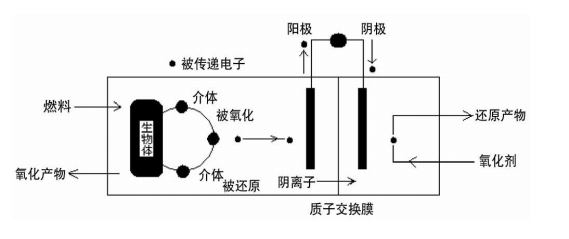
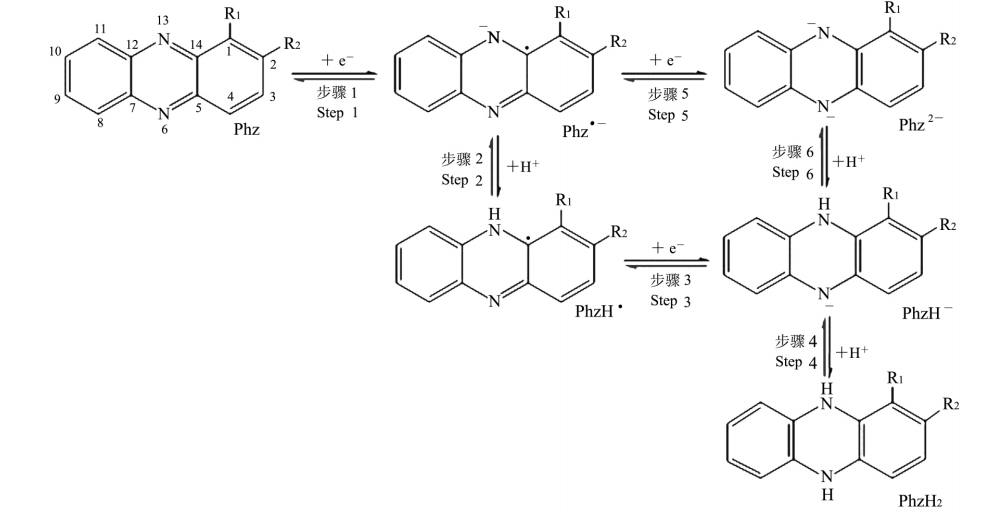
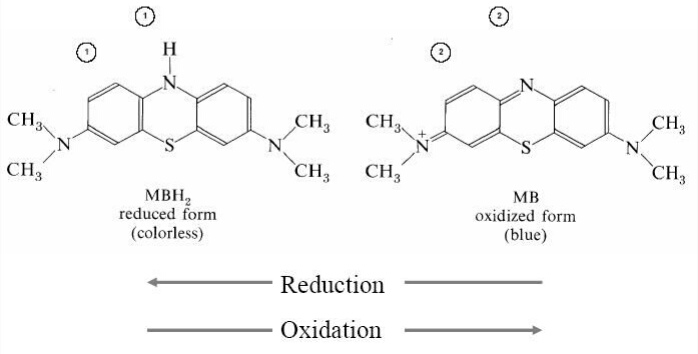
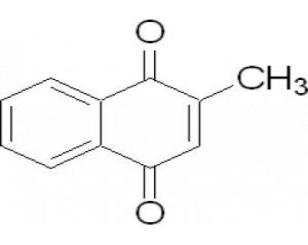
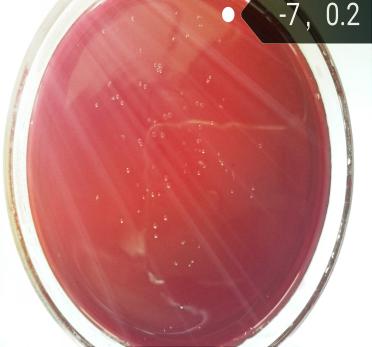
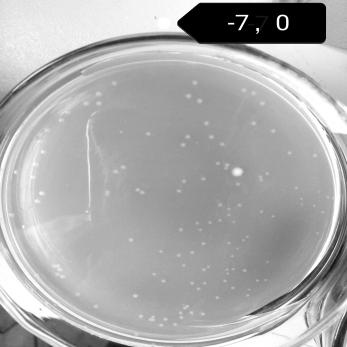
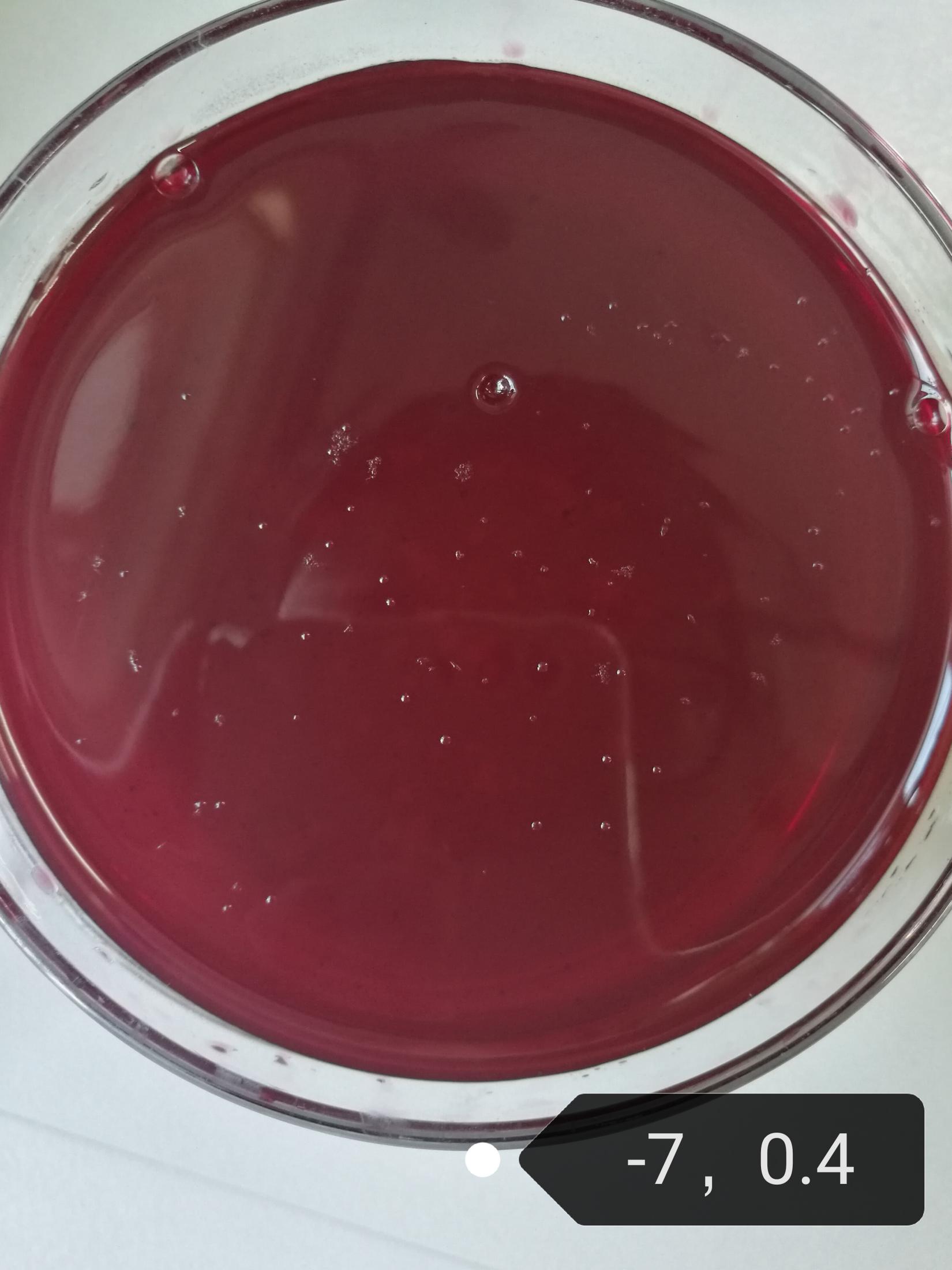
课题毕业论文、开题报告、任务书、外文翻译、程序设计、图纸设计等资料可联系客服协助查找。



